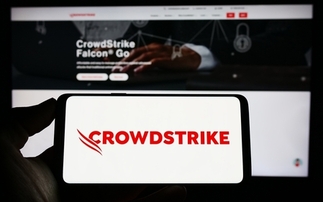Virus infections are on rise, with smartphones thought to be biggest security weakness for business in near future
Last year saw another staggering rise in malicious software, with more than 1.6 million new threats created, according to the latest Internet Security Threat Report from Symantec. The security ...
To continue reading this article...
Join Computing
- Unlimited access to real-time news, analysis and opinion from the technology industry
- Receive important and breaking news in our daily newsletter
- Be the first to hear about our events and awards programmes
- Join live member only interviews with IT leaders at the ‘IT Lounge’; your chance to ask your burning tech questions and have them answered
- Access to the Computing Delta hub providing market intelligence and research
- Receive our members-only newsletter with exclusive opinion pieces from senior IT Leaders

















